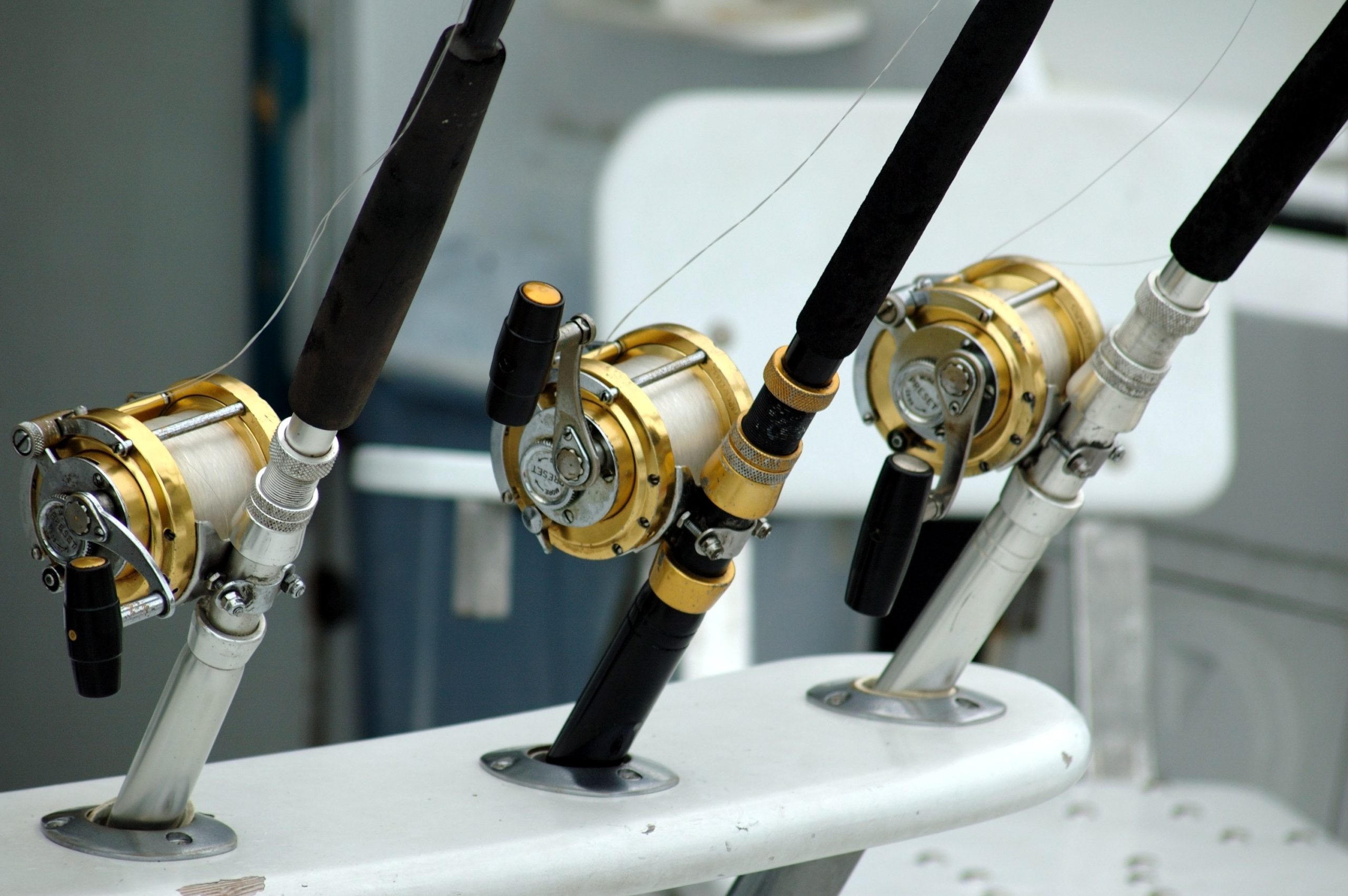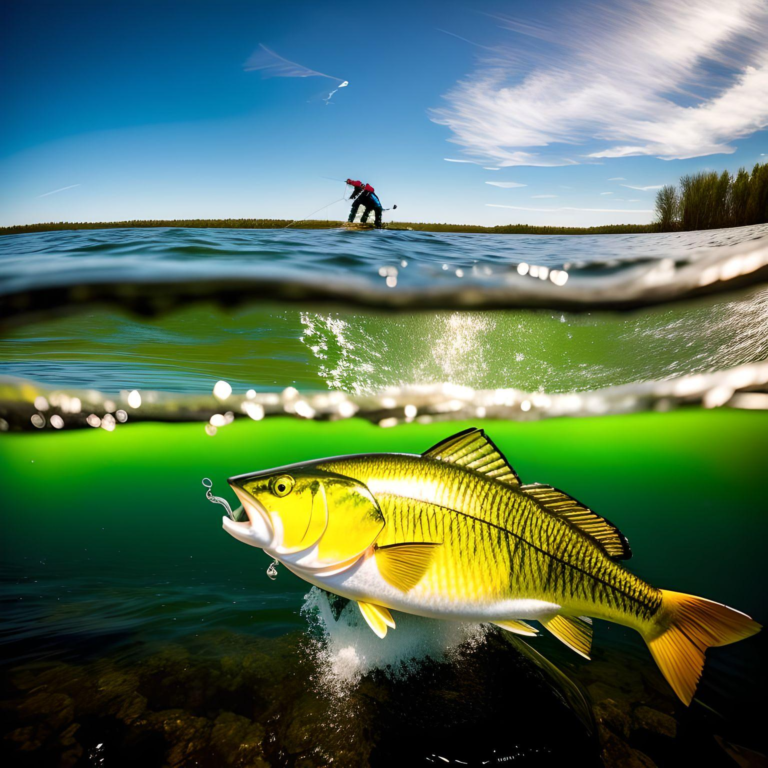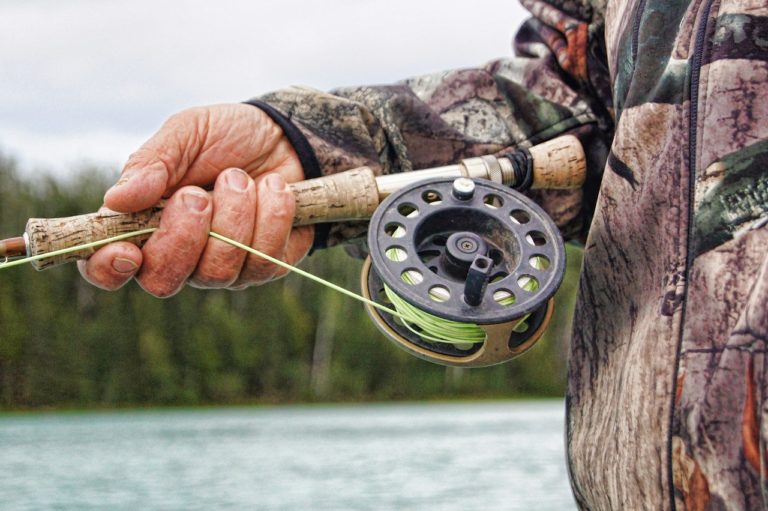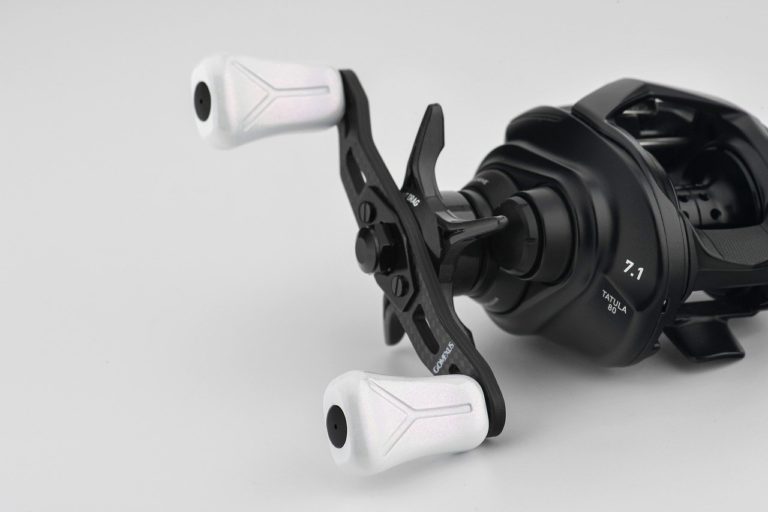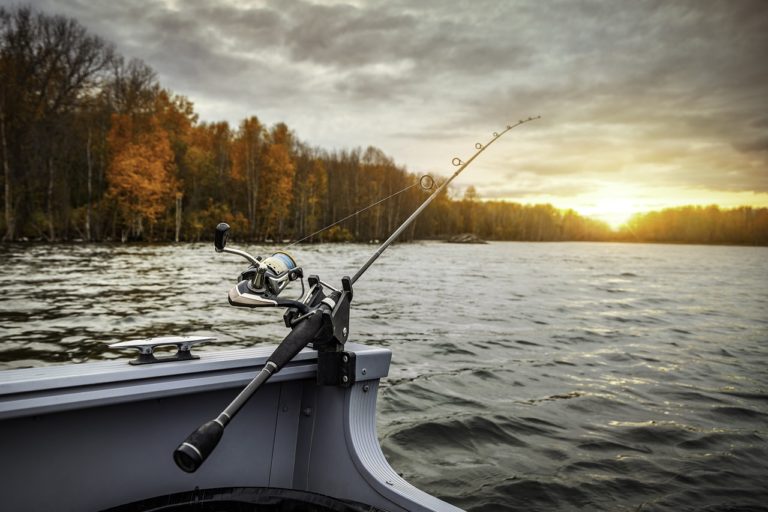Understanding Fishing Reel Drag Systems: Types, Mechanisms, and Usage Guide
The drag on a fishing reel plays a crucial role in maintaining the balance between reeling in a catch and preventing a broken line.
It essentially works as a tension release system, allowing the fish to pull the line out under pressure, thereby reducing the risk of the line snapping due to excessive strain.
While numerous types of drags exist, their quality varies significantly. Some drags offer smooth, consistent tension, while others may prove jerky and unpredictable.
The drag setting is not a one-time adjustment; it is something you can modify as per the situation.
Before you hook a fish, you can set an initial drag, and during the ensuing battle, you have the freedom to adjust the drag based on the fish’s size, strength, and resistance.
Different Types of Fishing Reel Drags
There are primarily four types of drag systems on fishing reels: star drag, lever drag, rear drag, and top drag.
Star Drag
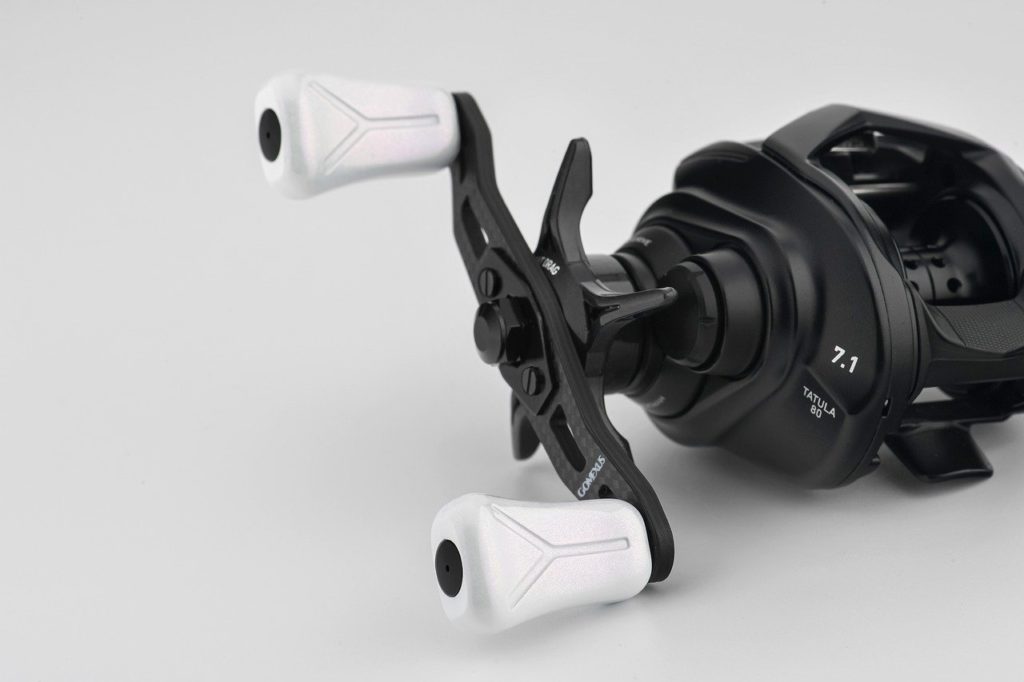
The star drag system, so-called because of its star-like shape, is the most common type of drag found on all the best baitcasting reels and conventional reels. They are directly adjacent to the reel handle and can be adjusted by twisting the star-shaped knob.
Pro: They are straightforward to use and offer quick adjustments to the drag setting.
Con: They can be challenging to fine-tune during a fight with a fish due to their location next to the handle.
Lever Drag
Lever drag systems are often found on larger conventional reels used for saltwater fishing. The lever allows for quick adjustments of the drag.
Pro: They provide a smoother drag pressure and are easier to adjust during a fight.
Con: The range of drag adjustment can be more limited compared to star drags, and the initial setup can be more complex.
Rear Drag
Rear drag systems are located on the back of the reel and are commonly found on spinning reels.
Pro: They are easy to adjust mid-fight since they are within easy reach during reeling.
Con: The construction of rear drag systems makes them less durable and less smooth compared to front drag systems.
Top Drag
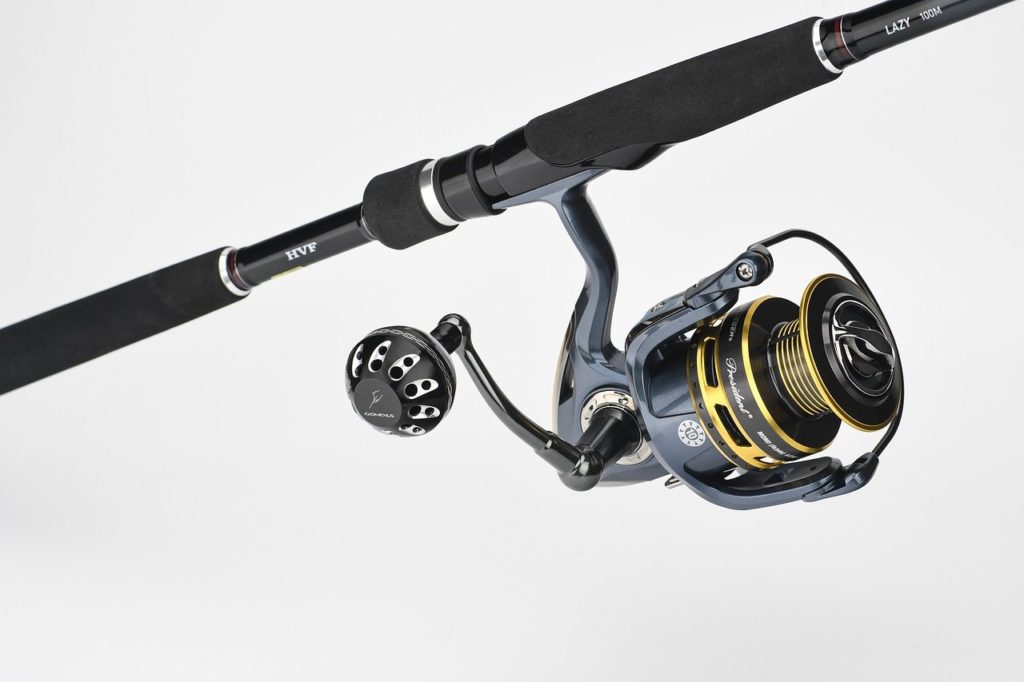
Top drag systems are positioned on the top of the spool of the spinning reels. They offer a strategic placement that allows for relative ease of access for anglers during a fishing session.
Pro: These systems provide easy access for adjustments during a fight with a fish and are typically robust in construction.
Con: Despite their convenient placement, frequent adjustments may require the angler to momentarily disengage their hand from the fishing rod, potentially causing a slight interruption in reeling action.
When choosing a fishing reel, considering the type of drag system is essential. Each has its strengths and weaknesses and is suited to different fishing situations. The right choice depends on the species you’re targeting, the type of fishing you’ll be doing, and personal preference.
How to Use the Drag Systems on Fishing Reels
Setting the Drag
The optimal way to set your drag is to pull on the line and observe how easily it comes out. If the line comes out too effortlessly, you’ll need to tighten the drag.
Conversely, if the line is challenging to pull out, you should loosen the drag slightly.
A useful guideline is to set your drag to be about 20-30 percent of the strength of your line.
For instance, if you’re using a 20 lb line, the drag should require about 4 pounds of energy to let the line out.
This can be tested using a hanging scale. Attach the scale to the end of your line, secure the scale to a sturdy object or have someone hold it, and then walk away with the fishing rod until the drag starts letting out line.
The weight displayed on the scale will be the current setting of your drag, allowing you to make necessary adjustments.
Using a Star Drag
The star drag system is quite straightforward to operate. Simply turn the star-shaped control forward or clockwise to tighten the drag.
To loosen the drag, rotate it counterclockwise or backward toward the angler. This uncomplicated mechanism enables quick and easy adjustments.
Using a Lever Drag
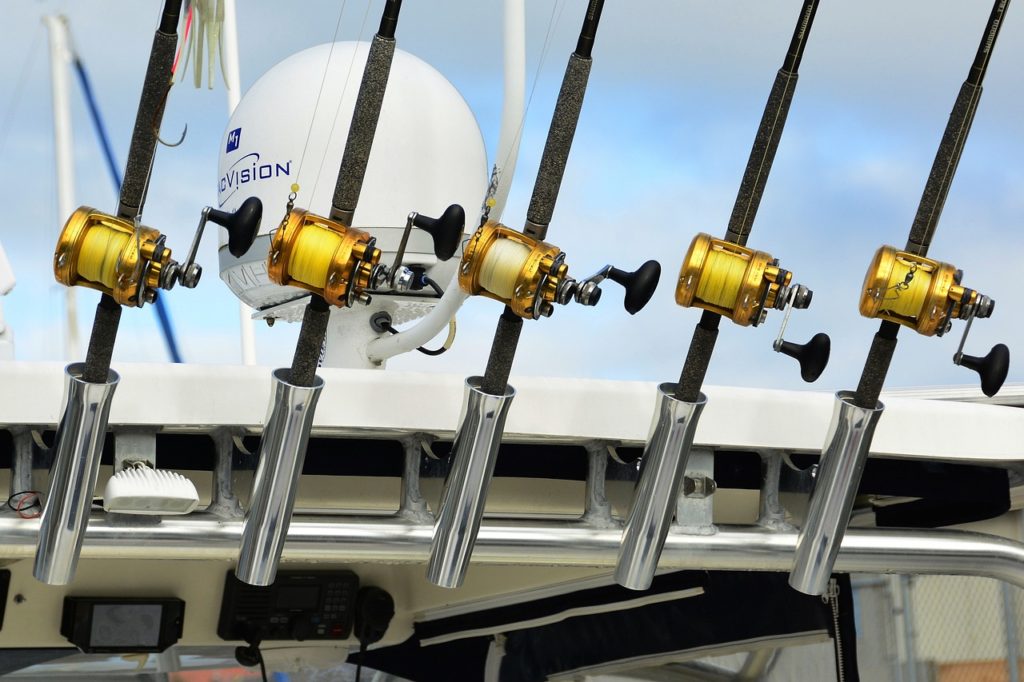
Lever drag systems, although less common than star drags, also offer a unique set of advantages in the angler’s arsenal.
The use of a lever drag system is simple, yet it requires more attention to detail. To adjust the drag pressure, you manipulate a small knob, usually numbered to provide a fine-tuning mechanism.
The main advantage of lever drag reels is their ability for rapid adjustments. The lever allows you to swiftly increase the drag when a fighting fish tries to take more fishing line.
With a quick switch of the lever, you can immediately reduce the reel drag, allowing the it to give out less line.
This characteristic of lever drag reels provides an angler with quick, precise control during a high-tension battle with a fish.
Using a Rear Drag
The rear drag system, primarily identified by a circular knob situated on the bottom of the fishing reel, functions similarly to the top drag system.
Adjustments can be made by turning this knob, allowing for an increase or decrease in the drag pressure as per the angler’s needs.
A distinct feature of the rear drag system is the presence of a switch, often integrated, which enables the angler to rapidly modify the drag.
This swift alteration, either increasing or decreasing a significant portion of the drag, offers added versatility and control during the most intense moments of fishing.
Using a Top Drag
The Top Drag system, akin to the Rear Drag, is also characterized by its simplicity and ease of use.
In this system, the drag adjustment knob is located on top of the spool. To tighten the drag, simply turn the knob clockwise, and to loosen it, rotate it counterclockwise.
Which Drag System Should I Use?
The Reel Will Determine the Drag You Use
Your choice of drag system is ultimately determined by the type of reel you are using.
Each reel, whether it’s a spinning, baitcasting, or conventional reel, is designed to work best with a certain drag system.
For example, a spinning reel will always have a top drag or rear drag, a low-profile baitcaster will most likely have a star drag, and a conventional reel will have either a star drag or a lever drag.
Once you know the type of reel you want, choosing the reel drag system comes down to preference.
Preference
While the style of reel you choose often dictates the type of drag system used, there is an element of personal preference involved.
As previously outlined, specific reel types are generally paired with certain reel drag systems.
However, when available, the choice between these drag systems is largely dependent on your individual fishing style, personal comfort, and the specific circumstances of your fishing situation.
The versatility of drag systems means there’s something to suit everyone, making it a personal choice and an opportunity to fine-tune your angling experience to best meet your
Do You Need a Lever Drag?
A lever drag system does offer rapid adjustments, a feature that can be a game-changer during high-tension battles with powerful fish.
However, this feature may not be necessary for all types of fishing. If you’re angling in a scenario that demands quick drag adjustments, a lever drag system might be the best choice.
If your fishing style doesn’t require rapid changes in drag, a top or rear drag system could suffice.
Conclusion
In conclusion, drag systems serve as a crucial tool in fishing, acting as a buffer to prevent the fishing line from breaking during those thrilling encounters with ‘monster’ fish.
Various types of reel drag systems exist, including top drag, rear drag, star drag, and lever drag.
Often, the choice of drag system is predetermined by the type of reel you select.
However, there is still an element of personal preference involved, enhancing the versatility of your fishing experience.
Regardless of the drag system you end up with, mastering its setting and adjustments is key to ensuring you never miss the chance to reel in a big catch.
